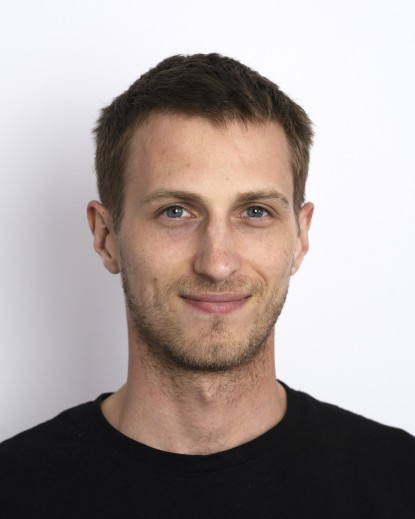Dr.-Ing. Louis Dreßler
Working area(s)
Modelling and Simulation of Technical Energy Systems
Contact
One of the main advantages of liquid fuels when compared with their gaseous counterpart is their high energy density at ambient conditions, which make their usage favorable for transport or storage issues. Therefore, during the last decades, a lot of attention has been given to combustion devices fueled with liquids. However, recently, in the context of climate protection, the acceptance of combustion-based technologies has lessened. Nonetheless, it is nowadays already clear that the future energy supply cannot solely be based on renewable forms, as solar or wind energy. One prominent example is the aviation sector, which is expected to further grow in the next decades and which will rely on liquid fuels. It is therefore essential to improve the general knowledge of combustion in order to reduce emitted pollutants and at the same time to improve the efficiency of the combustion process. On the other hand, further research is required in order to establish fossil fuels alternatives, namely renewable fuels (for instance Ethanol) as valuable option.
This work is dedicated to the analysis of both previously mentioned aspects by means of computational fluid dynamics (CFD). CFD has become a main instrument in development and design of technical devices, mainly due to its non-invasive character and low costs. More specifically, it is our aim to gain better insights in the strongly coupled problem of spray combustion. Therefore, new libraries were implemented in the opensource framework OpenFOAM in order to be able to simulate the chemical reaction at moderate computational costs. Herein, the FGM tabulation approach is used for chemistry treatment, which is coupled to an artificial thickening method in order to resolve the thin flame front on a computational mesh. Having verified and validated the implemented code the current objective is to couple the combustion modeling libraries with the spray phase. In this context, the spray is described as ensemble of computational particles interacting with the flow through momentum, heat and mass exchange. First, an Ethanol spray is numerically in order to prove the validity of the implementation with a liquid phase. Future work will focus on improving the modeling approaches for spray-flame interaction.


